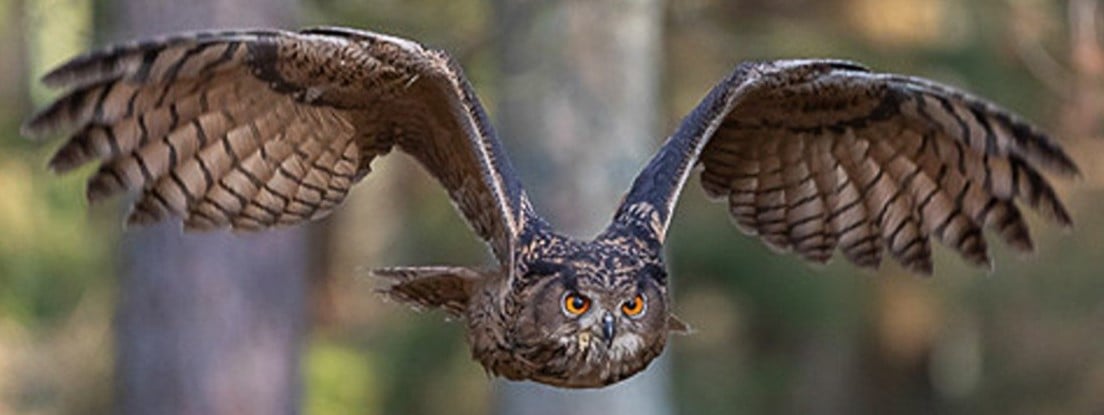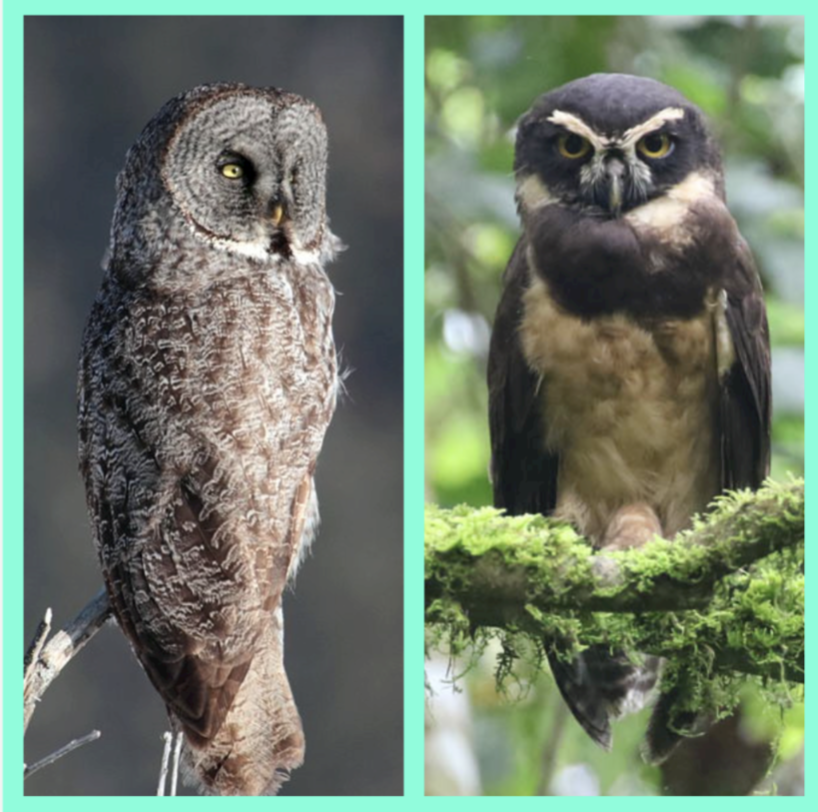Superbowl
For owls that are superb.

US Wild Animal Rescue Database: Animal Help Now
International Wildlife Rescues: RescueShelter.com
Australia Rescue Help: WIRES
Germany-Austria-Switzerland-Italy Wild Bird Rescue: wildvogelhilfe.org
If you find an injured owl:
Note your exact location so the owl can be released back where it came from. Contact a licensed wildlife rehabilitation specialist to get correct advice and immediate assistance.
Minimize stress for the owl. If you can catch it, toss a towel or sweater over it and get it in a cardboard box or pet carrier. It should have room to be comfortable but not so much it can panic and injure itself. If you can’t catch it, keep people and animals away until help can come.
Do not give food or water! If you feed them the wrong thing or give them water improperly, you can accidentally kill them. It can also cause problems if they require anesthesia once help arrives, complicating procedures and costing valuable time.
If it is a baby owl, and it looks safe and uninjured, leave it be. Time on the ground is part of their growing up. They can fly to some extent and climb trees. If animals or people are nearby, put it up on a branch so it’s safe. If it’s injured, follow the above advice.
For more detailed help, see the OwlPages Rescue page.
view the rest of the comments

Uh oh. I hope I don't have to eventual choose between the Spectacled and the Scopes! The Spectacled has my favorite characteristic of the Scopes: prominent whiskers!
I do enjoy prominent rictal bristles!
For any that didn't know, they are actually there for function, the fashionable part is just a bonus.
Since owl eyes can't move, they can't really see right in front of their beak. To "see" what they're putting in their mouth, these bristles (actually specialized feathers, not like cat whiskers) are linked to nerves to give them a mental picture of what is there.
Stumbling on this picture to show they are feathers, not hairs, this pic is actually from a great looking article I'll have to read. It shows there is not just one type of bristle, but actually a series of them in a specialized layout! This is new info for me, so I'm excited to read it at some point so I can share more facts with you!
"Rictal bristles" is new to me! I wonder if this qualifies as parallel evolution.
Skimming the intro to the linked article, it says about 10% of birds have them, so it sounds likely. I'm sure some birds, even with moveable eyes, have beaks that are too large or curved to see their mouth, so they've all had to solve the problem of a huge blind spot right in front of them. A whisker equivalent seems a like a simple and reliable evolutionary pathway that would work for a number of different birds.